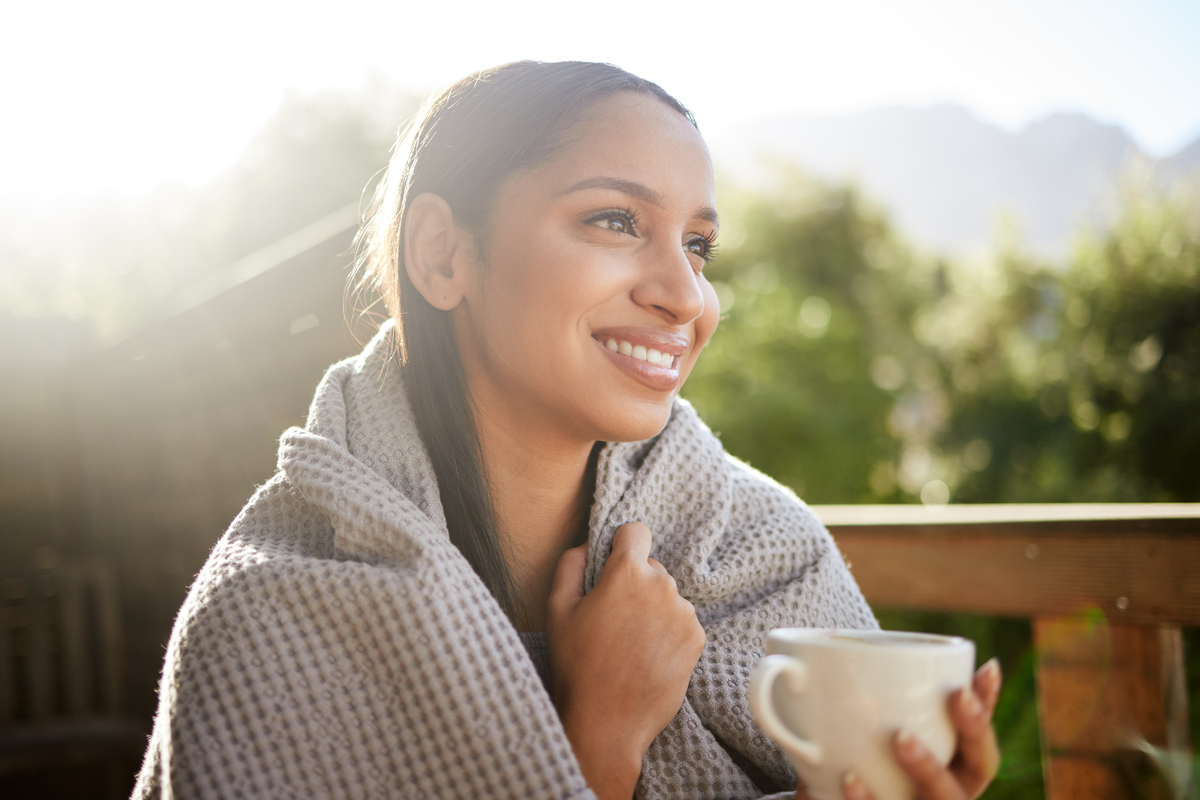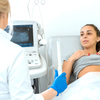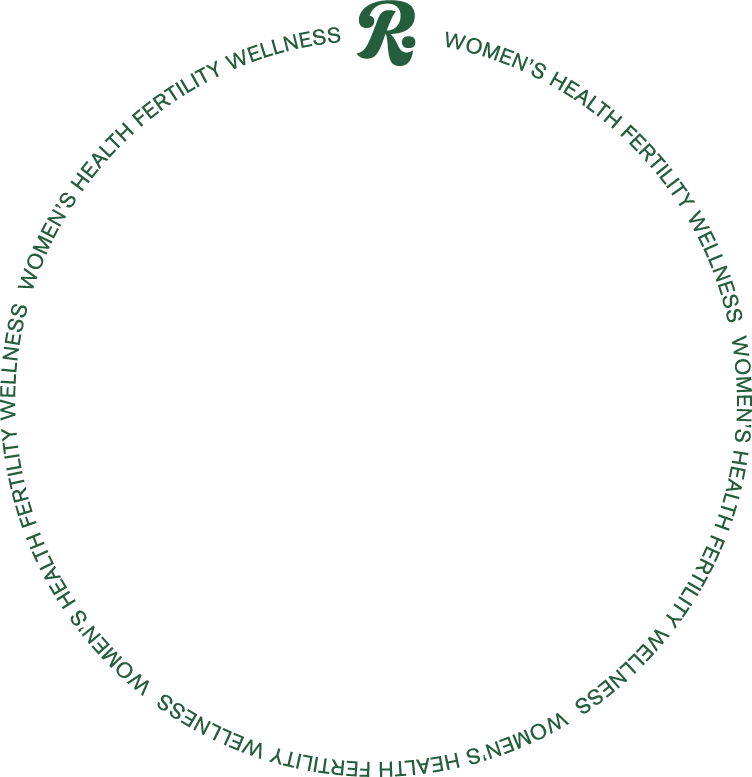There are two, well maybe three things, that are certain in this life — death, taxes, and periods… at least for women. For many individuals, not only do they experience heavy bleeding during this time, but also intense period cramps.
“Period cramps are caused by chemicals called prostaglandins that are released by the uterus,” says Dr. Jessica Ryniec, double board-certified OB/GYN and fertility specialist. “Prostaglandins are released when the lining is shed during menses and they make the uterus contract, reducing blood flow to the uterus, causing pain."
Tips and tricks for relieving period cramps at home
Nearly 80 percent of women experience period pain at some point in their lifetime, according to Women’s Health Concern. Although it can be painful and bothersome, there are some ways to relieve menstrual discomfort. We tapped OB/GYNs for tips on how to reduce period cramps, as well as some products you’ll want to have on standby for your next cycle.
1. Take an NSAID
Non-steroidal anti-inflammatory drugs (NSAIDs) are a type of over-the-counter medication that is generally used to relieve pain, reduce inflammation, and bring down a high temperature. Since menstruation is an inflammatory process within the body, the use of NSAID’s can be incredibly helpful.
“NSAIDs are anti-inflammatory medications that block prostaglandins from being made and potentially also block prostaglandin activity, thereby decreasing the prostaglandin-induced contractions and pain,” says Dr. Ryniec.
Some popular OTC brands you might have heard of before include Pamprin and Midol which are marketed towards helping relieve period cramps and other related symptoms.
Ryniec adds that if NSAID’s aren’t suitable for you, then acetaminophen (Tylenol) is a reasonable alternative although it’s less effective overall since it doesn’t target prostaglandins.
2. Use a heating pad
You may find relief from period cramps by applying a heating pad to the lower abdomen. According to Dr. Ryniec, heat can help by soothing abdominal and uterine muscle cramping/contractions and improving blood flow to the uterus easing the pain.
If you don’t have a heating pad, then using warm water bottles or a warm compress can get the job done.
3. Drink tea
Various teas can help relieve period cramps when they arise. According to a study from J Pharmacopuncture, chamomile tea has therapeutic properties such as anti-inflammatory effects, anti-spasmodic effects, and anti-anxiety effects.
Other types of tea that might be helpful include peppermint tea which contains menthol to ease the constriction of muscles.
4. Take magnesium
Magnesium is a mineral that can help relax muscles and provide some relief during the menstrual cycle. “A few studies have suggested a benefit of some vitamins/supplements such as magnesium, which is thought to reduce prostaglandins and promote muscle relaxation,” says Dr. Ryniec. “Others used are vitamin D, B6, E, and omega 3 fatty acids.”
5. Try contraceptives
If over-the-counter medications aren’t helpful, then you may want to consider a more drastic measure like oral contraception. “Estrogen-progesterone hormonal contraceptives can also help with period cramps by preventing ovulation and thinning the lining of the uterus over time leading to decreased flow and decreased contractions during flow,” says Dr. Ryniec.
6. Experiment with essential oils
A study from J Clin Med showed promising results when it came to aromatherapy for pain relief during periods. Inhaling lavender essential oils may help decrease pain levels during this time of the month and the same goes for rose.
Opt for EO Products’ Sweet Slumber Bath Oil in Chamomile Lavender or French Lavender Hand Soap when you not only want to smell good, but also experience some pain relief along the way.
7. Have sex
Period sex might be helpful in relieving cramps during this time of the month. “Sex and more specifically an orgasm can help by releasing endorphins reducing pain,” explains Dr. Ryniec. According to Planned Parenthood, the increase of blood flow to your genitals and the muscle contractions from orgasms may help with period pain.
If you don’t feel like having sex, then masturbating is also a suitable alternative. You’ll receive the same endorphins that you would from sex that could help thwart off period cramps.
8. Add exercise to your daily routine
For many people, exercise is the last thing they want to do when they are on their period. If you can get past that initial hump, then you might find that a little bit of movement can help reduce period cramps.
Exercise won’t target period pain specifically, however, exercise helps release endorphins which are natural pain killers. Try to add some low-impact movement to your daily routine whether that’s yoga, brisk walking, or pilates.
Casey Clark is a freelance writer from New York City who specializes in beauty, food, and lifestyle content in the commerce sector. Her work has been featured in Women’s Health, Allure, Cosmopolitan, SELF and more. When she’s not writing, you can find her swatching the latest lipsticks or out to brunch with her girlfriends.












